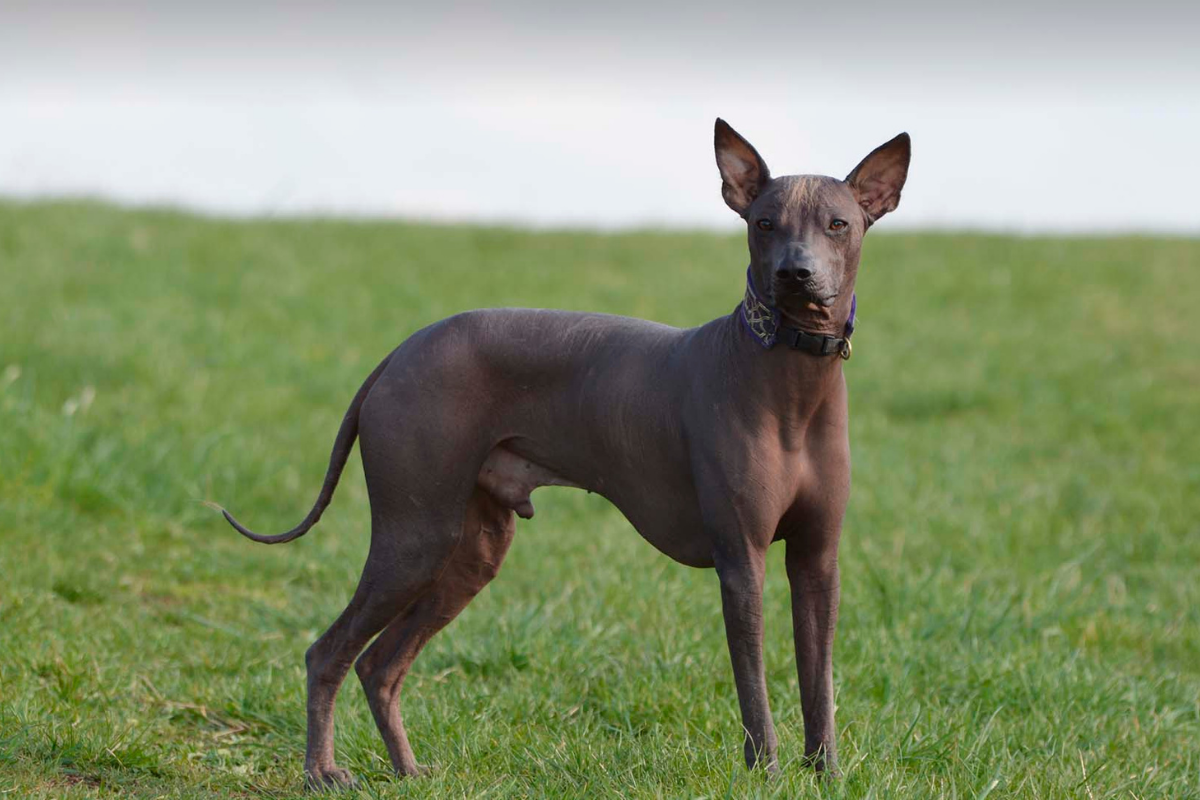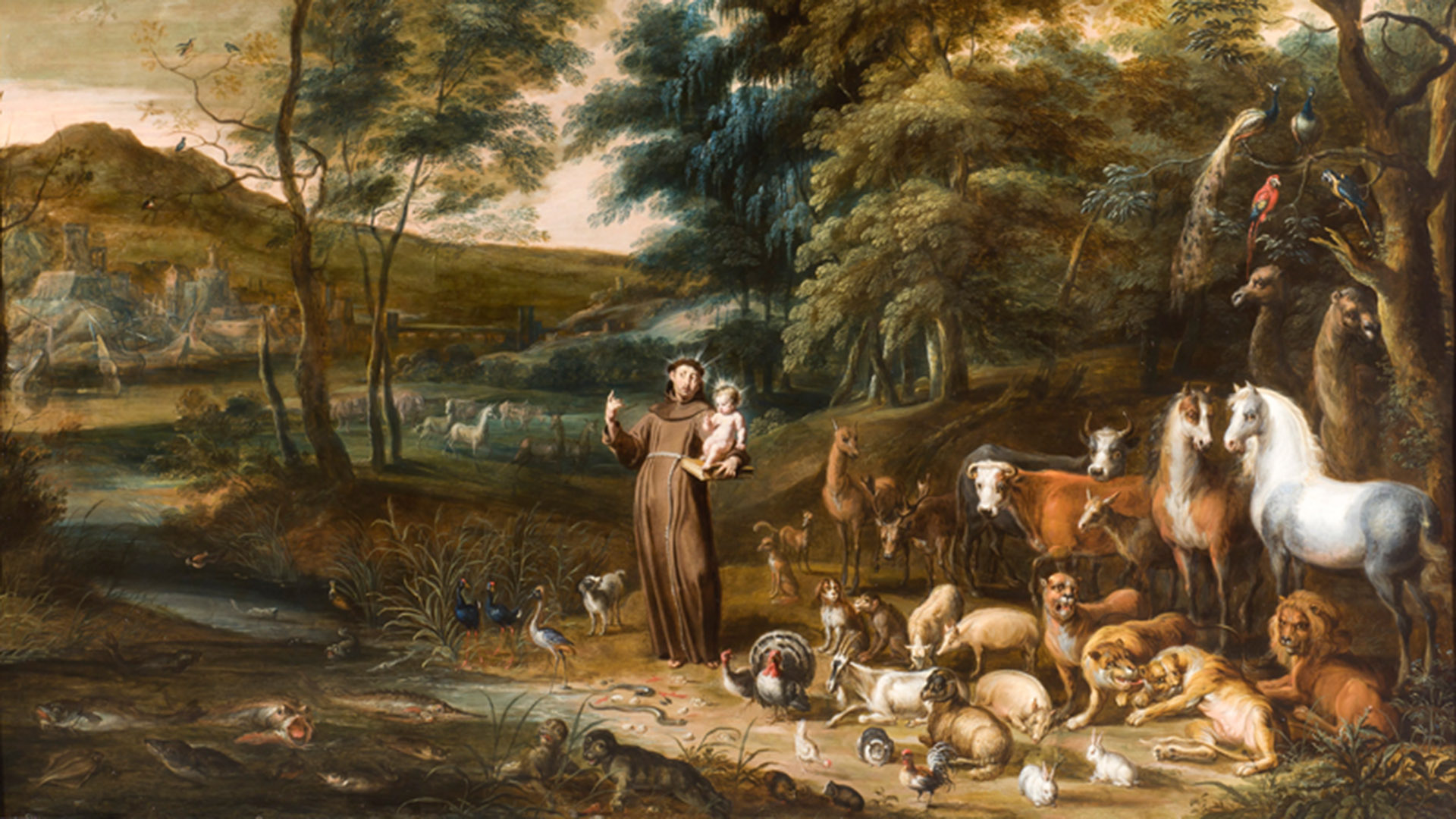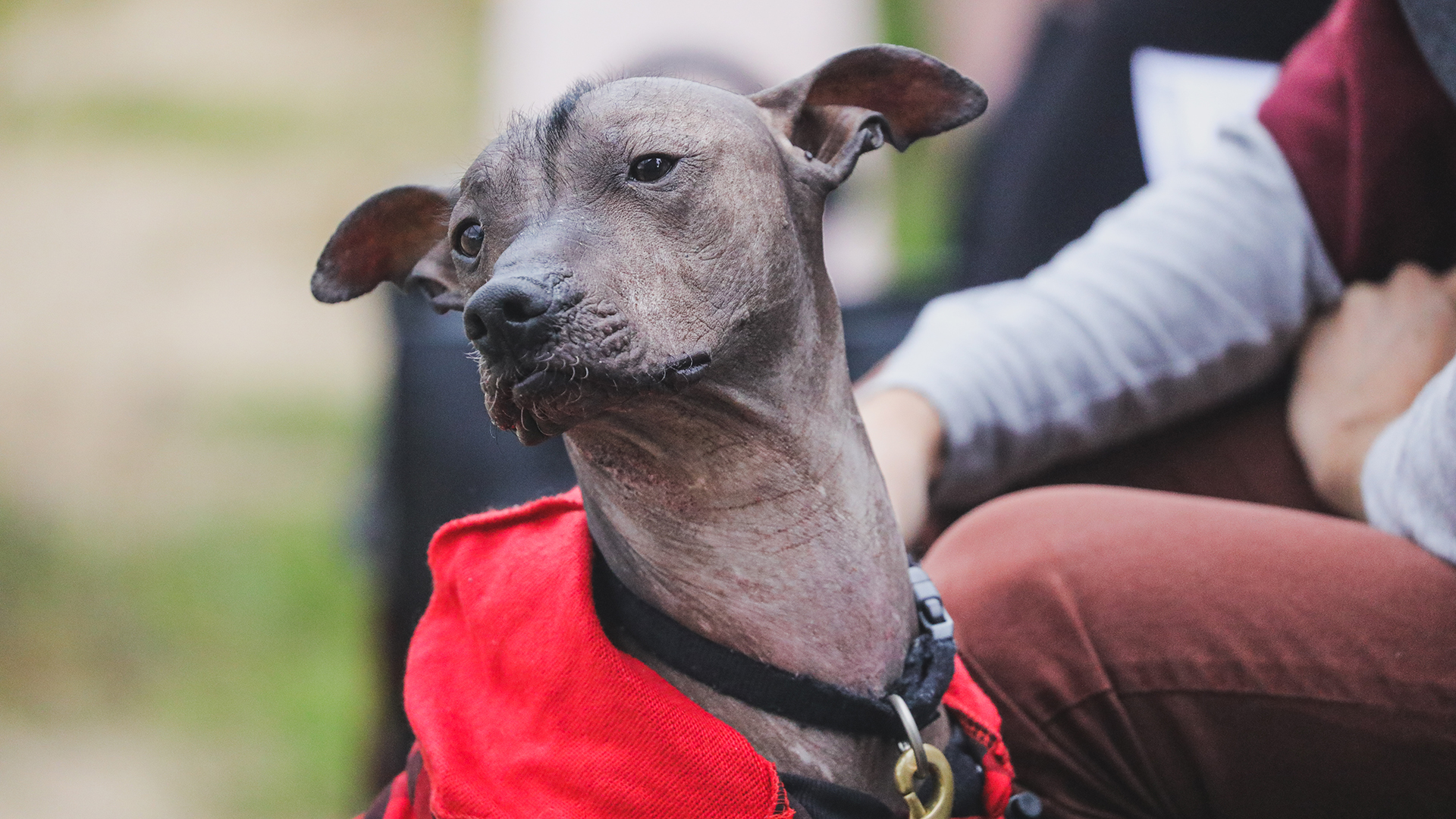The vast majority of religious beliefs and mythical beliefs, one of the fundamental bases of human thought, they almost always give the animal a secondary role.
Maybe be San Francisco de Asis the only one who raised, in the case of the Catolic religionthat the animals were ours younger brothers.
in some religions certain animals are sacredsuch as the cow in the Hinduismwhile in others they are up to and including disownedthe dog in Muslim culture.
Animals appear in the context of many religions, but in general terms they do so, from a spiritual point of view, in a secondary role.
Only, in some cultures, most of them from very ancient peoples of high spirituality, the animal takes on a differential role. Thus, for example, the deity Bast or Bastet on the egyptian mythologyand in this same way expressions arise in different cultures such as the Unicorn or the Pegasus, among many others.

Also, animals appear in fantastic literature related to religion, such as the Cerberus in Dante’s Divine Comedy guarding the gate of hell.
In our original towns of America the animals had a essential cultural role, suffice as examples of Cacique Sitting Bull which took its name from nature, even the presence of a revered dog in the Inca empire, the hairless dog of Peru or dog of the “light of the moon”.
With a pompous name, dog of the “light of the moon” or “Inca Moon flower hound” this Peruvian dog was considered, in the Inca Empire, an animal with medicinal properties since, lacking hair, it could be used as biological heating pad and in this way, provide relief, through the physical contact of heat, to low back pain and other types of pain.

That animal was considered in the category of deity and lived in special rooms in Cuzco, full of fresh orchids that arrived daily from the jungle through a system of posts, for which it was also called Orchid dog. But also, being a hairless dog, tans in the sun and for this reason it is called “the dog of the moonlight”, since it was only taken out of its rooms on moonlight nights, because taking them out during the day with bright sun damaged their skin.
In the Inca Empire, the hairless dog was given the treatment of affectionate animal and at the same time half deity with medicinal properties. From that dog descends our current dog pile from northern Argentina.
Such a dog Aztec empire it was called xoloitzcuintle. The “xolo”, as it was familiarly called, is supposed to have the antiquity of the most primitive cultures of all Mesoamerica, and it is believed that it accompanies the American man practically since his arrival on the continent. Fossil remains of dogs have been found in Mesoamerica from more than 5,000 years old.

In the Aztec Empire there were no mammals to eat, the largest mammal was the dog, there were no cows, no llamas, no deer, there were only the dog and the turkey (turkey). That way these dogs came to eat and sold as merchandise in the market of Tlatelolco.
to the xolo they ate it and at the same time, incredibly, they gave him divinity feature, as he accompanied on the long journey to Underworld to the people who died.
In most of the towns, the animal, as we see, was always present, at the time of comparing, dressing up, ritualizing or worshiping. However, in the Judeo-Christian religions animals they have no soulonly the human being has it. It is the human being who has eternal life, the animal does not.

In other religions there is the concept of reincarnation, where some animals are creepers and other animals are superlativesbeing the human the one who is always on a higher scale.
In any case, in any religion, animals have always been present, although most of the time, from a lower position than human beings.
KEEP READING
From deities to soulless beings: the myths and beliefs about animals throughout history
